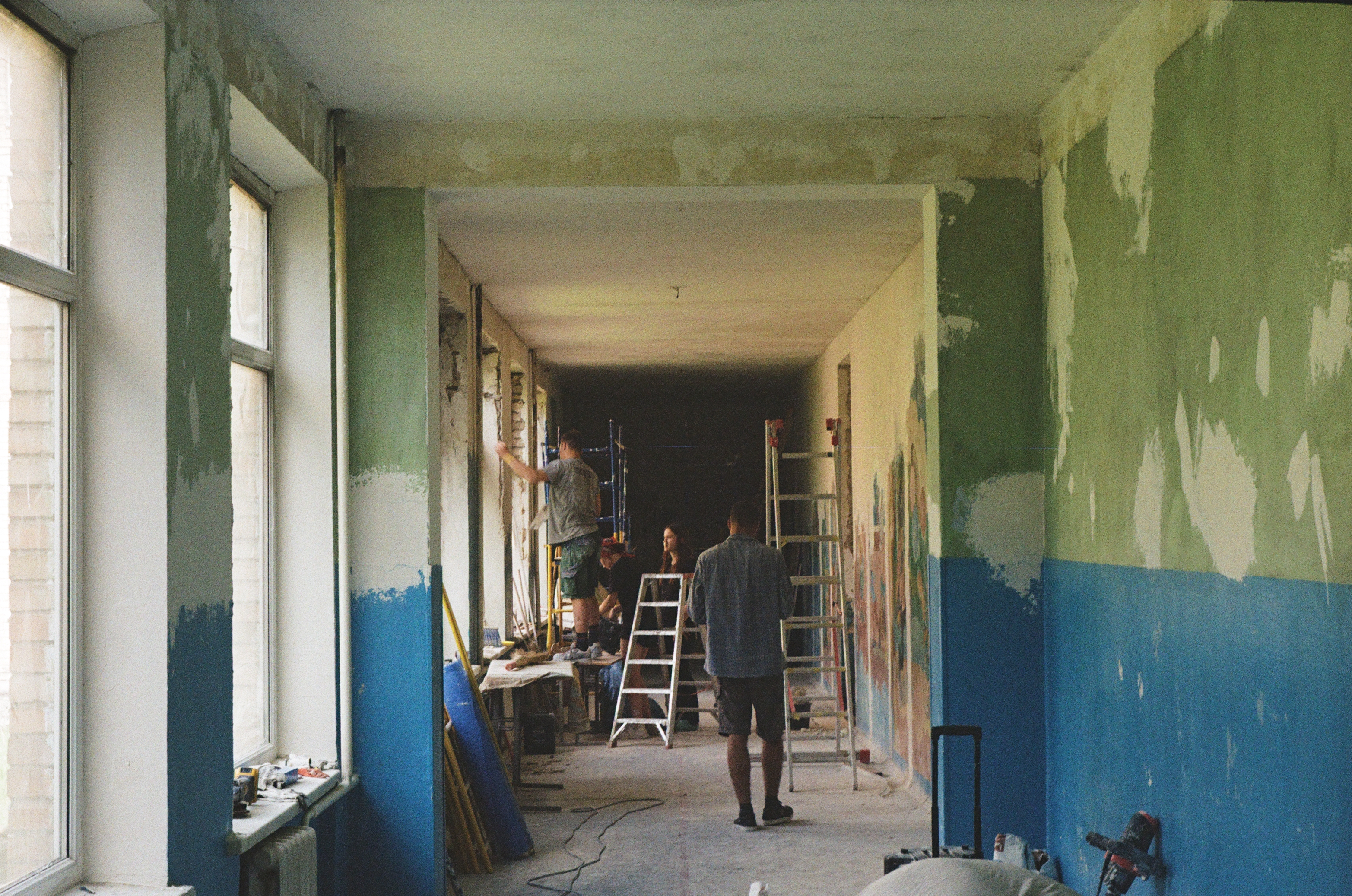“The total amount of damage caused to Ukraine’s infrastructure due to the war has increased to almost $138 billion,” Kyiv School of Economics, January 24, 2023. See ➝.
“Ukraine Emergency,” UNHCR, retrieved August 17, 2023. See ➝.
Michael Rothberg, “Decolonizing Trauma Studies: A Response,” Studies in the Novel 40, no. 1–2 (Spring & Summer 2008): 224–234.
Stephen Graham, “Switching cities off,” City 9, no. 2 (2005): 169–194.
Adrian Lahoud, Charles Rice, Anthony Burke, Post-Traumatic Urbanism (London: John Wiley, 2010).
Rob Nixon, Slow Violence and the Environmentalism of the Poor (Cambridge: Harvard University Press, 2013).
Dmytro Novitskyi, “The undermining of the Kakhovskaya HPP: four categories of consequences and a plan for further actions,” Epravda, June 14, 2023. See ➝.
Karen E. Till, “Wounded cities: Memory-work and a place-based ethics of care,” Political Geography 31, no. 1 (January 2012): 3–14.
Tim Edensor, “Waste Matter—The Debris of Industrial Ruins and the Disordering of the Material World,” Journal of Material Culture 10, no. 3 (November 2005): 311–332.
Michael Mayerfeld Bell, “The Ghosts of Place” Theory and Society 26, no. 6 (December, 1997): 813–836.
Iryna Tsekhosh, “Mariupol: News from the Occupied City,” Ukraïner, June 16, 2023. See ➝.
Ibid.
Elmira Ettinger, “This Is All for Show”: How Russians are Rebuilding Mariupol,” Bird In Flight, March 30, 2023. See ➝.
Sher Khashimov, “By Sending Migrants to Ukraine, the Kremlin is Damaging Ties With Central Asia,” Carnegie Polikita, March 30, 2023. See ➝.
Anthony Bondarchuk, “Occupied. How and Why Russia is ‘Rebuilding’ Mariupol,” Dzerkalo Tyzhnya, June 10, 2023. See ➝.
Ibid.
Oleksandr Viunskovskyi, “Occupiers in Mariupol Force Teachers to Obtain Russian Passports,” Suspilne, June 9, 2023. See ➝.https://suspilne.media/502531-pogrozuut-zvilnennam-i-obmezennami-u-mariupoli-okupanti-zmusuut-vciteliv-otrimuvati-pasporti-rf/? Oleksandr Yankovskyi and Olena Badyuk, “‘Apartment for Three Million in Mariupol’: What Interests Residents of Russia in Occupied Territories?”, Radio Svoboda, July 18, 2023.
Viktoriia Pokatilova, “Ukraine’s Bucha 1 year on: Slow progress in war crime probes,” DW, March 30, 2023. See ➝.
Alina Khelashvili, Anastasiia Bobrova, Yelyzaveta Khassai, Elena Syrbu, Natalia Lomonosova, and Yuliia Nazarenko, “A year of full-scale war in Ukraine: Thoughts, feelings, actions,” Cedos, July 21, 2023. See ➝.
See Repair Together, ➝.
Repair Together, “We believe that young people all over the world can unite and face the global challenges of today,” Instagram, September 4, 2022. See ➝.
“Architects and Urbanists Have Presented Four Visions of the Spatial Development of Mariupol,” Mariupol Reborn, July 7, 2023. See ➝.
